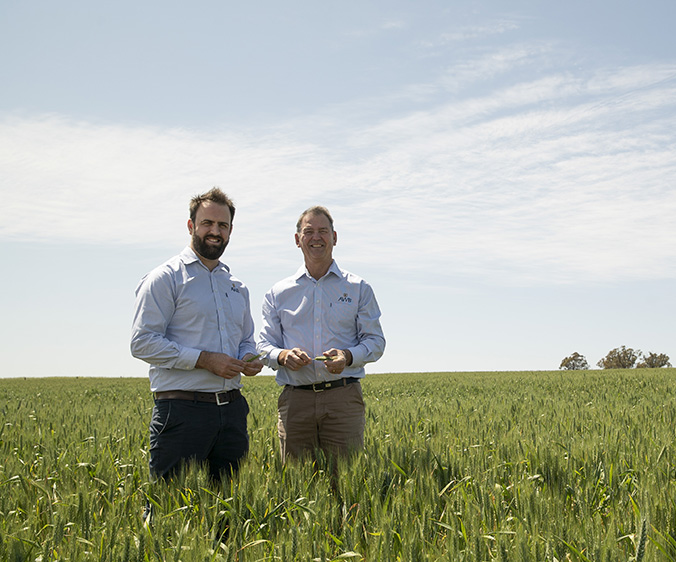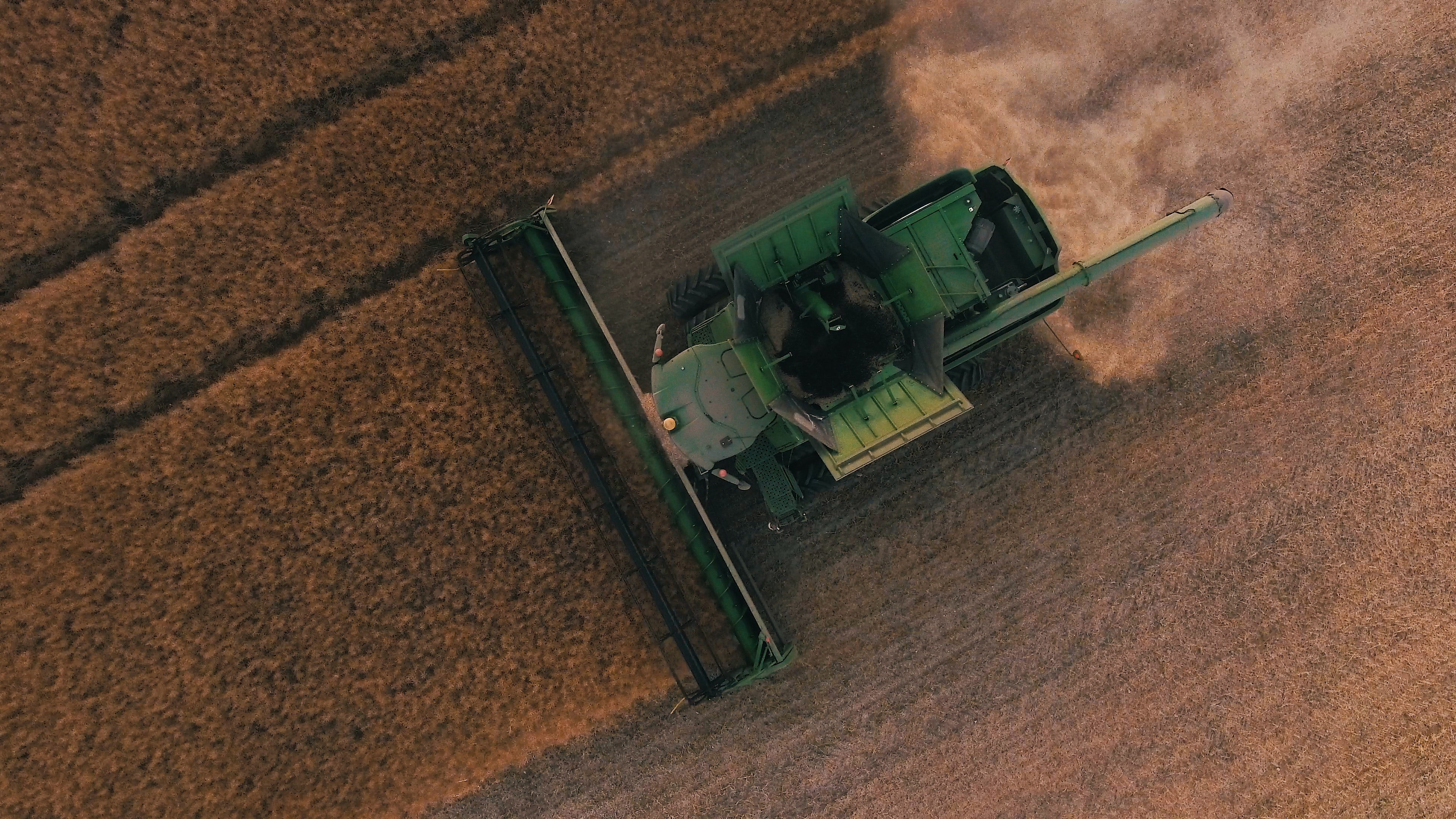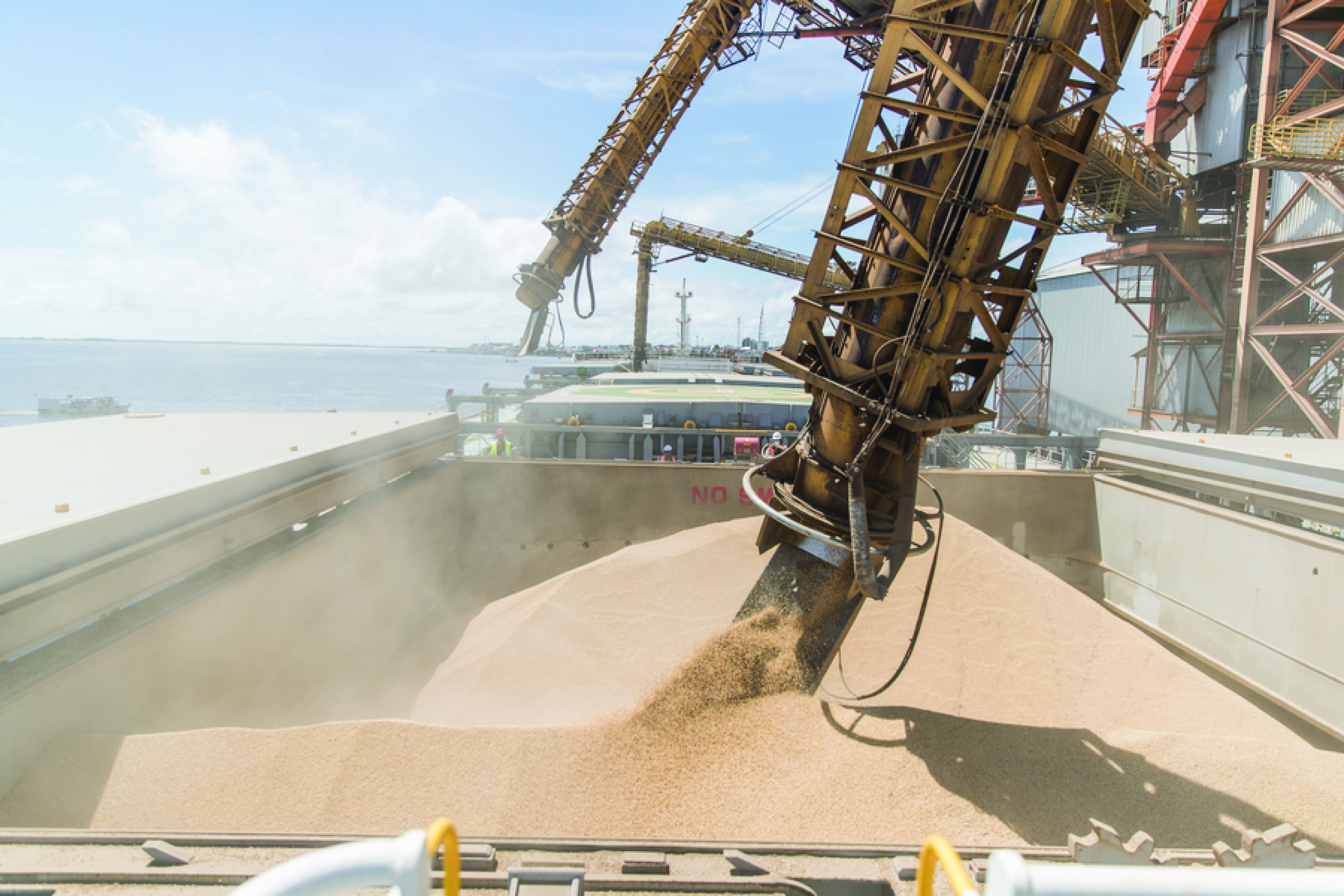SA Market Wrap - March
By Collette Wheadon
The past two months have seen the ports a hive of activity and domestic consumers back in the market, with grain moving rapidly by road and rail into these customers and ports. The extra road freight requirement of South Australian ports combined with an above average grape harvest has meant that road freight quickly disappeared, leading to delays in deliveries for both the trade and growers.
Road freight isn’t the only logistical issue, flow-on from tight global ocean freight is also being felt across the country. This has meant the risk and costs to exporters increases as it becomes more difficult to find vessels to meet their delivery requirements. With these hurdles, we are also seeing ships lining up waiting at ports, and costs of demurrage increasing to approx. US$25,000 per day. The recent blockage of the Suez Canal has done nothing to help the situation, and the flow on effects globally are expected to be seen for weeks or possibly months. More than 425 vessels were held up with the blockage, including at least 60 dry bulk vessels carrying commodities such as grain, coal and iron ore.
These increased risks and costs to exports have had an effect on grain prices and as a result we have seen Port Adelaide wheat and barley values fall $20/mt through March to currently sit around $285 port for APW and $228 for BAR1. These local freight hurdles have however created the opportunities for prompt premiums into delivered homes for those able to provide their own transport. This demand for on farm grain creating opportunistic rallies of up to $20- $30/mt for SFW, with bids up to $320- $330 delivered into the Adelaide zone.
March has seen La Nina deliver its final blow throughout the East Coast, and while the results in some coastal areas were devastating, parts of inland New South Wales and Queensland also benefited with the Central West and Riverina now with near ideal subsoil moisture conditions. Locally, forecasts looked very promising suggesting 1-2 inches in parts, but in what seems to be a common story, as the event closed in, it has all but disappeared and what eventuated was barely enough to settle the dust
As the calendar now flicks over to April, we are closing in on the start to seeding, locally the forecast isn’t offering anything too exciting. BOM is currently forecasting a dry start to April, and the systems for the latter half are showing bias to Northern Australia. With an average outlook for the next 3 months for most of South Australia and Victoria, we are going to need something to kick us off as we are starting from a near empty profile, after sitting in what feels like a rain shadow for much of 2021.
Rain leads to rethink of winter cropping plans

March has been eventful for NSW with floods and large rainfalls stretching through much of the cropping belt. Whilst it may negatively impact a few farms with summer programs, most farmers are rejoicing and rethinking their winter cropping plans.
Read MoreWA Market Wrap - March

The past two months has seen some great rainfall totals over a large part of the West Australian wheat belt with a few lucky areas now over 150mm of summer rainfall.
Read MoreRain, rain, come again

A week can be a long time in grain markets and the week just passed was no exception. With over eight inches of soaking rain received in parts of Southern and Central New South Wales cropping belts since Thursday last week, agriculturalists will look back fondly.
Read MoreTightening ocean freight exerts its influence on local markets

The tightness in the global freight market is certainly being felt in supply chains across Australia. Naturally, as the cost of vessels rise, freight rates to move the product also rise and as a result the cost of moving grain and oilseeds from Australia to consumers globally also increases.
Read MoreSummer crop rounding the halfway mark

The past week has seen some handy rainfall totals down the East Coast, with Queensland and Northern New South Wales the primary benefactors. Those with later Summer crops planted, especially in northern areas and into the Liverpool Plains, are now all but assured of an above average result.
Read MoreFeed grain surplus as we hurtle towards sowing

With the export market largely dominated by milling grade requirements, there is fear that feed grain markets will come under significant pricing pressure in the next 4-6 weeks.
Read More